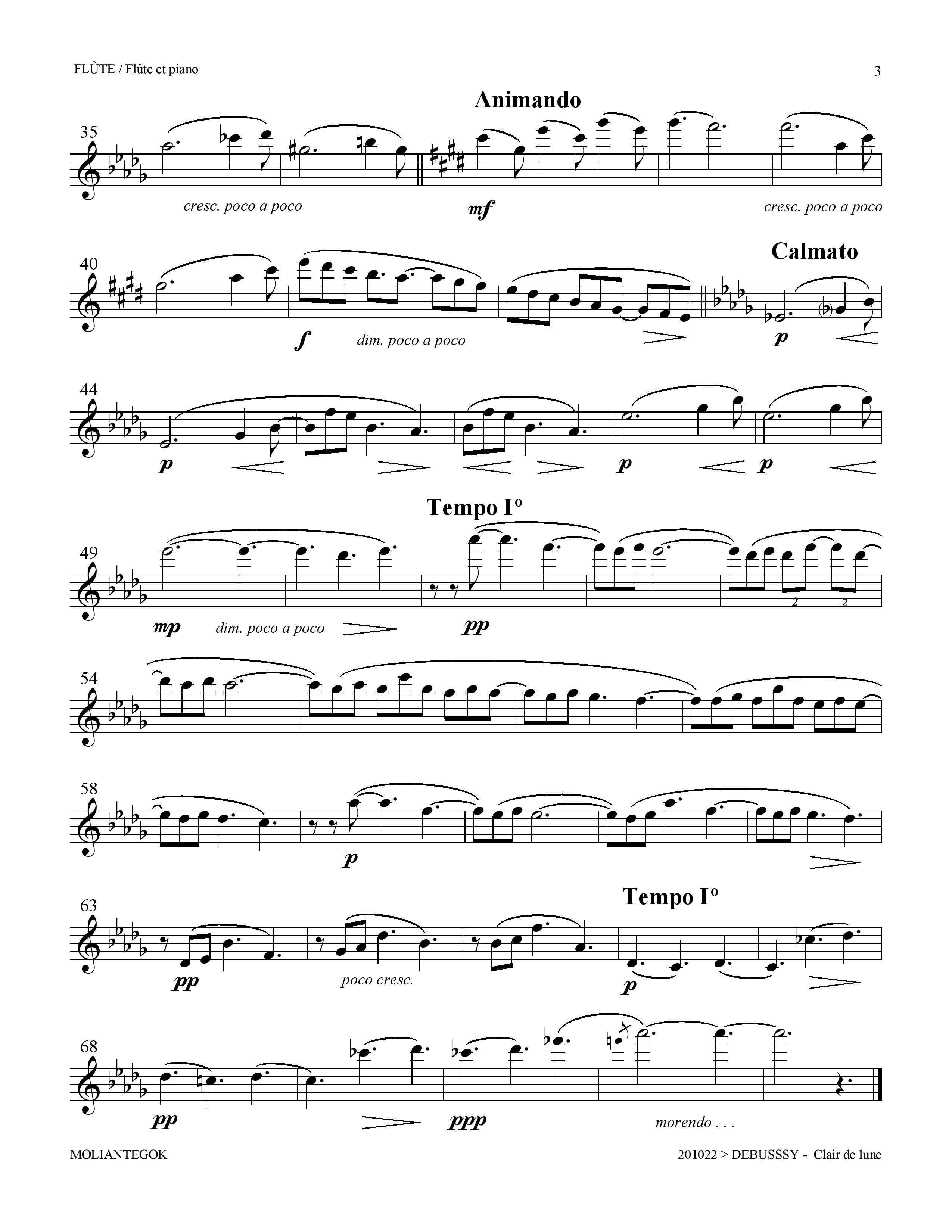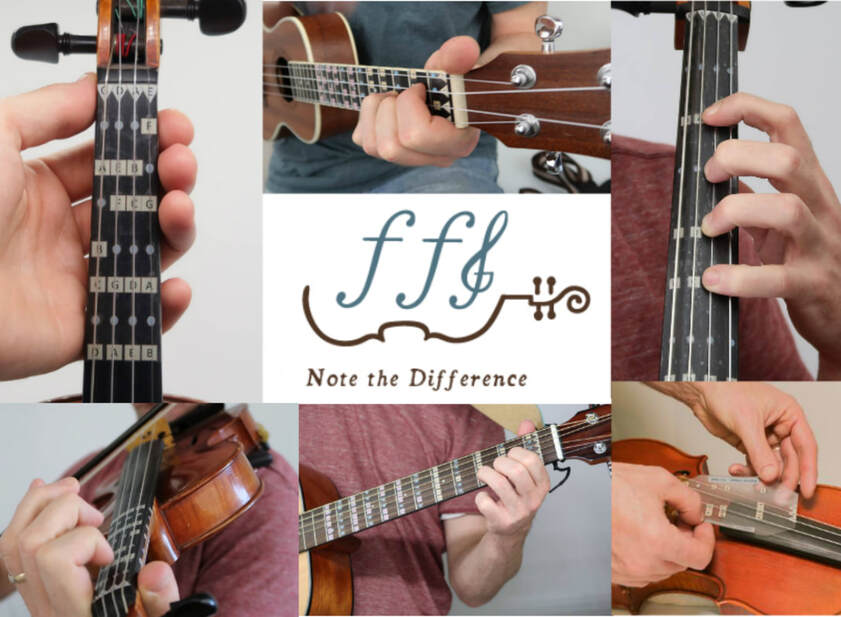

* If you've had a music box item in your shopping cart, adding this item basically involves not much extra shipping cost. There is no composer to whom I feel a closer affinity - besides Debussy - than Grieg.You can listen to the song and all other songs at:Įach music box from the page below can play such music strip: Maurice Ravel said, "The generation of French composers to which I belong has been strongly attracted to his music. That commitment greatly inspired contemporaneous French impressionists in their search for new sound. His compositions exemplify an undying commitment to create a place and style for Norwegian musical language. Its depth can be attributed to both a slowed and more painstaking writing process as well as multiple battles with depression.

This is one of Grieg's profound works, written towards the end of his life. It is binary form with a cantabile second section building towards a dynamic climax.

Allegro animato begins with a rustic tune embellished by shimmering, and later deliberate, sextuplet accompaniment. Its middle section continues an established interplay of broad statements between the instruments, betraying playful facets of Norwegian folk music with melody and rhythm. I must admit that it is this movement that has attracted me to play this work once again. The second movement, in ternary form, stands on its own in sheer beauty and depth. The development is brief and employs an augmented deceptive recapitulation. Allegro molto ed appasionato juxtaposes passionate outbursts alongside brooding and tender phrases in its hefty exposition. The composer had already entered retirement when he began working on this piece. Grieg's piece is ideal for this type of study with all of its lush writing, making ample use of the violin's lower register. I believe that my teacher was trying to help me establish a richer and broader tone through Grieg's composition. I remember that studying this piece was an integral part of my development as a violinist. In fact I have not spent any time with this piece since I was around ten years old while under the tutelage of Dorothy DeLay. This afternoon marks the first time I have performed in recital the sonata for violin and piano by the great Norwegian composer Edvard Hagerup Grieg. _ Sonata for Violin and Piano in C minor, Op. This secondary theme returns as the music modulates into C major, and which then preludes the exuberant coda that brings the sonata to a triumphant close. Another sonata form, a lengthy second theme in A-flat contrasts the fiery principal melody, but the movement lacks a real development section. Lastly, the animated finale opens with mysterious open fifths and a theme that propels the movement forward with an indomitable energy. Framed by this warm and serene music is a quick and nimble central episode in the key of the tonic minor. The middle movement, marked “alla Romanza,” in contrast opens with a delicate and charming E major melody for the piano that is in turn picked up by the violin. In the traditional three-movement pattern, the sonata opens with a turbulent sonata form movement, juxtaposing an agitated first theme in C minor against a lyrical tune in the relative major. Its premiere came in December 1887 in Leipzig with Grieg himself at the piano accompanying the noted Russian violinist Adolf Brodsky. Grieg dedicated the work to the painter Franz von Lehnbach. 3, unlike its companions, occupied Grieg for a significantly longer time, and was not completed until January of the following year. 3, however, was the only one to achieve lasting success, and has found a permanent place in the standard repertoire of the instrument.Ĭomposed at Grieg’s lakeside home, Troldhaugen, during the summer of 1886, the Violin Sonata No. On the other hand, the second, which Grieg’s teacher Niels Gade complained of being “too Norwegian,” is somewhat more well-known. The first sonata was a particularly youthful work and today is seldom heard.

Among Grieg’s multi-movement works are three violin sonatas that were composed between 18. Yet, this was not the result of any lack of skill, but apparently only of personal choice. With the exception of a modest number of large-scale works, these smaller forms dominated his output. Edvard Grieg is primarily known as a composer of miniatures.


 0 kommentar(er)
0 kommentar(er)
